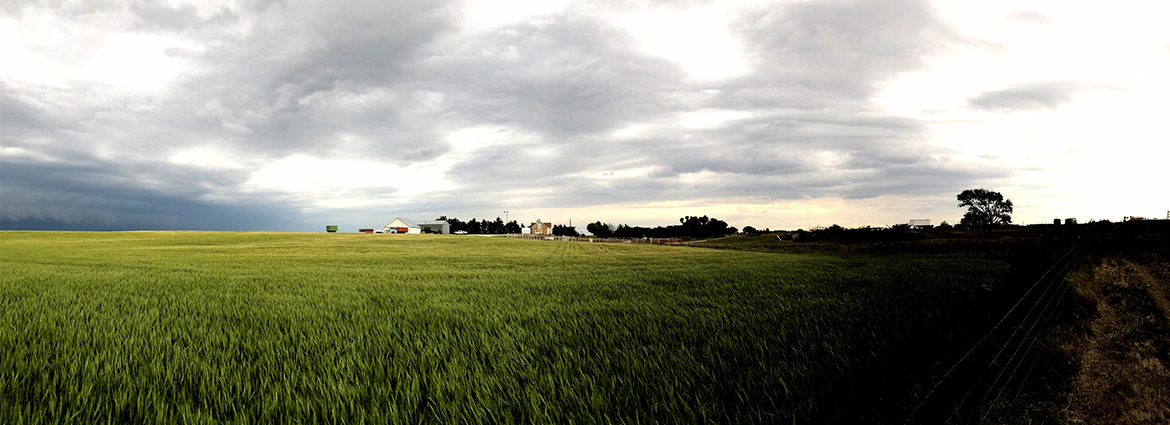
2023 Spring Crops and Planting Season
Through Mid-May, our family farm had received a total of 1.5 inches of moisture since Jan 1, 2023. As a point of reference, our 30- year annual average is ~ 22 inches. Obviously, the extended drought has negatively affected our winter wheat crop, grass acres, and looked to jeopardize planting conditions for spring.
Ironically, just as spring planting season was about to start, scattered thunderstorms rolled in over Memorial Day weekend and persisted for over a week. We received two inches of rain. This obviously improved soil planting conditions and decreased field dust which dramatically improves the placement and efficacy of herbicide.
As soon as we were able to travel through the field, the race was on to complete milo and sudan grass planting. We had a three-and-a-half-day window before rain probabilities increased. Despite a few mechanical issues on day one, we met our deadline. By early Friday afternoon, we had completed #SpringPlanting2023.
On Friday evening, we received 0.40. On Saturday evening, we received another 0.40. The following Tuesday we received 0.30. Combined 1.1 inches of moisture during the germination phase. This was excellent!
Despite the seriousness of extended drought, we are presently in a decent place with our spring crops. We have surface moisture and should be able to get the plant to emerge and start developing. At the same time, sub-soil moisture remains a concern. We will need continued rain to sustain the plant. We would ideally like a decent rain 50-70 days after emergence when the plant reaches boot and flowering stage.